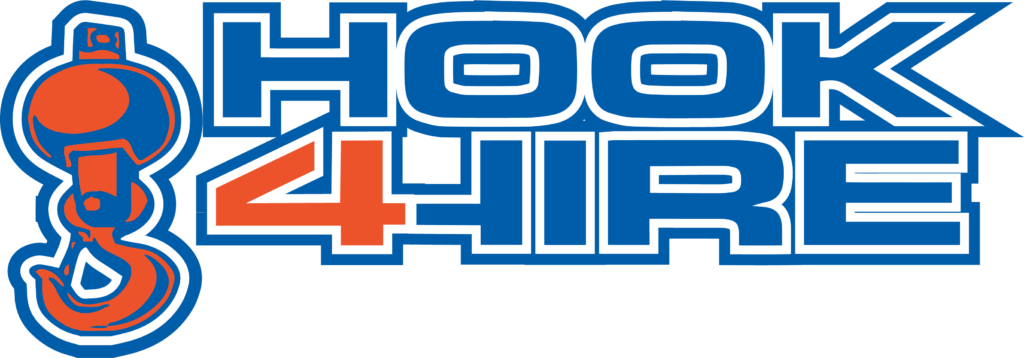A set of tools called rigging equipment is utilized during the moving operation to hold and distribute big weights. Carrying goods from one location to another safely connects the load to the lifting machinery.
Businesses frequently use rigging equipment in the construction, manufacturing, transportation, and event staging sectors.
It is helpful to have a thorough awareness of what falls under the category of rigging in construction to make the best selections on any job site regarding what is required to carry out a lifting operation.
The Role of Rigging in Construction
Everyone on a building site is kept safe thanks to rigging systems. A cargo that needs to be hoisted or lifted is attached to cables or ropes by a construction worker with rigging expertise, known as a rigger.
The right hitches to use and how much weight they can support are known to riggers. Riggers are in charge of conveying large materials through even the narrowest areas while avoiding dangers and maintaining balanced and steady loads.
Below are a few of the most used types of rigging tools.
Hooks and Shackles for Rigging
During the movement operation, chains, ropes, slings, and other rigging equipment are connected by rigging hooks or shackles. Heavy loads are kept from slipping while in the air by having a firm grip on them.
It normally consists of two components: a safety pin to secure it and a loop of steel connected to a chain. Choker hooks, eye hooks, clevis grabs, and sorting hooks are a few of the most used rigging hooks.
Wire Ropes
During the lifting process, this equipment sustains the load’s form. It is frequently mounted to the crane with hooks, shackles, or swivels to connect and move cargo.
Each rope must be one continuous piece without a knot, per OSHA 1926.251(c)(4). It shouldn’t have eye splices and endless rope slings at the wire end.
Additionally, every rope’s eye splice should only contain three complete tucks.
Slings
A flexible, lightweight equipment called a sling is used with wire ropes to hoist large objects. When moving heavy weights about the site, it offers strength and balance.
Blocks and Pulleys
Blocks and pulleys work together to lift big objects with minimal force. They offer sufficient support while lessening the force needed to lift the load.
A rigging rope that has been looped around the pulley and fastened to the item makes the pulley function. While moving the load, it holds the rope.
Depending on the type of frame, rope, and sheave size employed, it comes in a variety of sizes.
Eye Bolts
This tool loops cables and serves as an anchor point in rigging applications. Depending on their needs, riggers can choose from a variety of sizes and materials for it.
Steel Nuts
When anchoring a rigging system, steel nuts and eye bolts frequently function together. They come in various shapes and sizes that are suitable for a range of rigging applications.
The choice will be based on the load’s overall weight and the type of thread being used.
Turnbuckles
With the aid of this device, a cable, chain, rope, or other pieces of tensioned rigging equipment can be lengthened or tightened.
It is equipped with two threaded eye bolts, one of which is fastened to each end of a small metal frame. It also comes in two varieties: a bottle screw and a stretching screw.
Lifting Beams and Spreader Bars
When lifting, these devices link the target with the crane. They make the lift more manageable by stabilizing the load’s weight. The type of load that needs to be supported will determine how they are used.
Spreader bars work well when lifting big objects. This gadget spreads the load thinly, as its name suggests, which makes it simpler to carry.
Lifting beams, on the other hand, are better suited for lighter loads because they can support the entire load from a single place.
Conclusion
Each of these types of rigging equipment has its own strengths and weaknesses and is better suited for certain applications than others. To ensure the safety of the employees and the load, it is crucial to choose the appropriate sort of rigging equipment for the task at hand.
Hook4Hire is a reputable provider of high-quality crane rigging equipment in Owensboro. Our equipment rentals are designed to easily cover long distances and ensure project completion within the given time. Call us today to get a quote!
